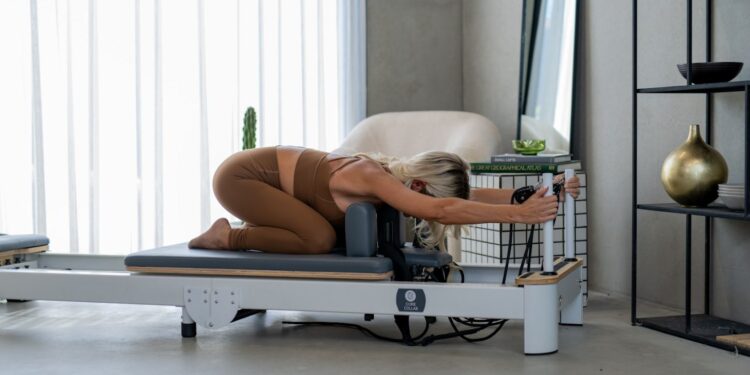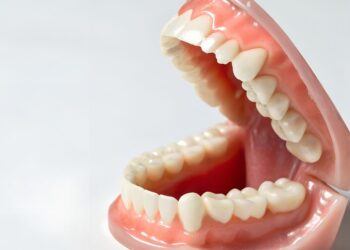The reality of how healing truly feels often goes unspoken.
It’s not a straight line. It’s not always inspiring. It’s not a dramatic before-and-after.
Sometimes, healing means circling back. Sometimes, it means slowing down, even stopping, so you can actually move forward.
Many people discover this only after months of frustration. The belief is that pushing harder, sweating more, and proving strength through intensity will lead to progress. But the body often sends quieter signals, subtle discomfort, lingering fatigue, before it begins to break down entirely.
Eventually, those whispers turn into unmistakable warnings. At that point, something has to change, not just physically, but mentally too.
When “Pushing Through” Doesn’t Work
In many cases, strength is mistaken for exhaustion. The more drained the body feels, the more effective the effort seems. But when the nervous system becomes overwhelmed and physical health begins to decline, the only option is to pause and reset.
This isn’t just physical. Mental health often suffers in parallel: anxiety increases, guilt builds, and the inner critic gets louder. Underneath it all is a quiet grief, the loss of trust in one’s own body.
What’s needed in these moments isn’t more pressure. It’s gentleness. Its structure is without chaos. It’s movement that restores, regulates, and rebuilds, not depletes.
The Surprising Power of Low-Impact Movement
Low-impact is not low-benefit. The thing is that you do not quite realize it until you begin to actively open up to slower, more deliberate exercise, to be more specific, resistance-based programs that do not tire out your body, although they still challenge it plenty.
The Pilates reformer is one of the best tools. As opposed to the customary workouts that made me feel exhausted, this method allowed me to recover without pushing myself to the brink, but controlled and calculated.
A modern reformer like the Sculptformer (a newer high-intensity machine used in place of brands like Lagree or Solidcore) offers full-body resistance through sliding platforms and adjustable tension. But here’s the key difference: it feels kind. Your joints are supported. Your breath stays steady. Your mind stays present.
You don’t collapse when it’s over, you feel clear.
It was one of the first times the movement felt like medicine, not punishment.
The Mayo Clinic notes that even gentle forms of exercise can help relieve stress, boost mood, and support emotional resilience, especially when paired with breathwork and body awareness.
Why Low-Impact Exercise Supports Recovery on Every Level
When your nervous system is on edge, whether from trauma, illness, burnout, or chronic stress, your body doesn’t want more intensity. It wants regulation. Low-impact movement does that. Here’s how:
• It activates the parasympathetic nervous system.
Deep breathing with slow, controlled triggers movement in the body to move from fight-or-flight to rest-and-digest. Research has indicated that recreational exercise at low intensities can decrease cortisol hormone levels and aid in psychological healing, mostly in individuals with chronic stress or those with past histories of trauma.
• It restores body trust.
You’re not forcing your way through pain. You’re tuning in. That shift builds safety and confidence, both mentally and physically.
• It builds strength without shock.
Muscles engage through resistance, not impact. So you get stronger without triggering joint pain, inflammation, or cortisol spikes.
• It re-establishes rhythm.
Recovery thrives in routine. Gentle movement gives your brain and body something to return to daily, even on hard days.
Healing Is About Listening, Not Performing
There’s a lot of noise around “transformations.” But real healing often happens in the quiet.
The stretch you almost skipped.
The session you showed up to with zero energy.
The moment you modified, instead of muscling through.
Those are the wins.
It’s tempting to chase visible results, the kind that rack up likes or progress pics. But sometimes the biggest change is invisible. You feel less reactive. You sleep better. You breathe deeper. You stop seeing your body as broken.
That shift didn’t come from intensity. It came from consistency and kindness.
Tips for Starting a Low-Impact Movement Practice
If you’re in a place where intense workouts don’t feel right, physically, mentally, or emotionally, you’re not alone. And you’re not stuck.
Here’s what helped me reintroduce movement during my recovery:
1. Start smaller than you think.
Five minutes count. One controlled exercise is a win. Let it be doable.
2. Pair movement with breath.
Conscious breathing grounds the nervous system. Match your exhale to effort.
3. Choose structure, not strain.
A tool like a reformer offers resistance without chaos. It supports your spine, joints, and stability.
4. Celebrate the showing up.
Progress isn’t how hard you go. It’s how often you return.
5. Let it feel good.
There’s no prize for punishing yourself. Joy is healing. Ease is productive.
How Low-Impact Movement Supports Mind-Body Healing
| Recovery Goal | How Low-Impact Exercise Helps |
| Calm the nervous system | Encourages deep breathing and slow rhythm to reduce stress and anxiety |
| Build physical strength safely | Uses resistance instead of impact to protect joints and connective tissue |
| Restore trust in your body | Creates a sense of safety through control, not force |
| Improve emotional resilience | Supports consistent mood regulation through gentle endorphin release |
| Reconnect with inner awareness | Promotes mindfulness and body presence through intentional, slow movement |
| Maintain momentum during burnout | Offers a sustainable option on low-energy days without derailing progress |
| Reduce chronic pain or stiffness | Enhances circulation and mobility without overstimulating sensitive muscles |
A Note on Comparison and Control
If you’re healing from something, injury, trauma, burnout, or grief, it’s easy to compare your progress to someone else’s. Or to a past version of yourself.
Don’t.
Healing is non-linear.
It loops. It dips. It pauses.
And that doesn’t mean you’re failing. It means you’re human.
Low-impact workout is a constant hand where the rest of life becomes unpredictable. It provides a space to reunite, not only with your body but with your capability of perseverance.
Final Thoughts
A single fit of recovery does not exist. However, when your current regime is not working out, either in emotional or physical terms, it may be the right time to take it a little easier.
There is no need to surrender to strength.
Gentle, guided movement, like what you’ll find on a pilates reformer, can offer that balance. It supports structure without strain. It builds strength without breakdown. And most importantly, it gives your nervous system permission to feel safe in your body again.
That’s what healing really looks like.















Discussion about this post